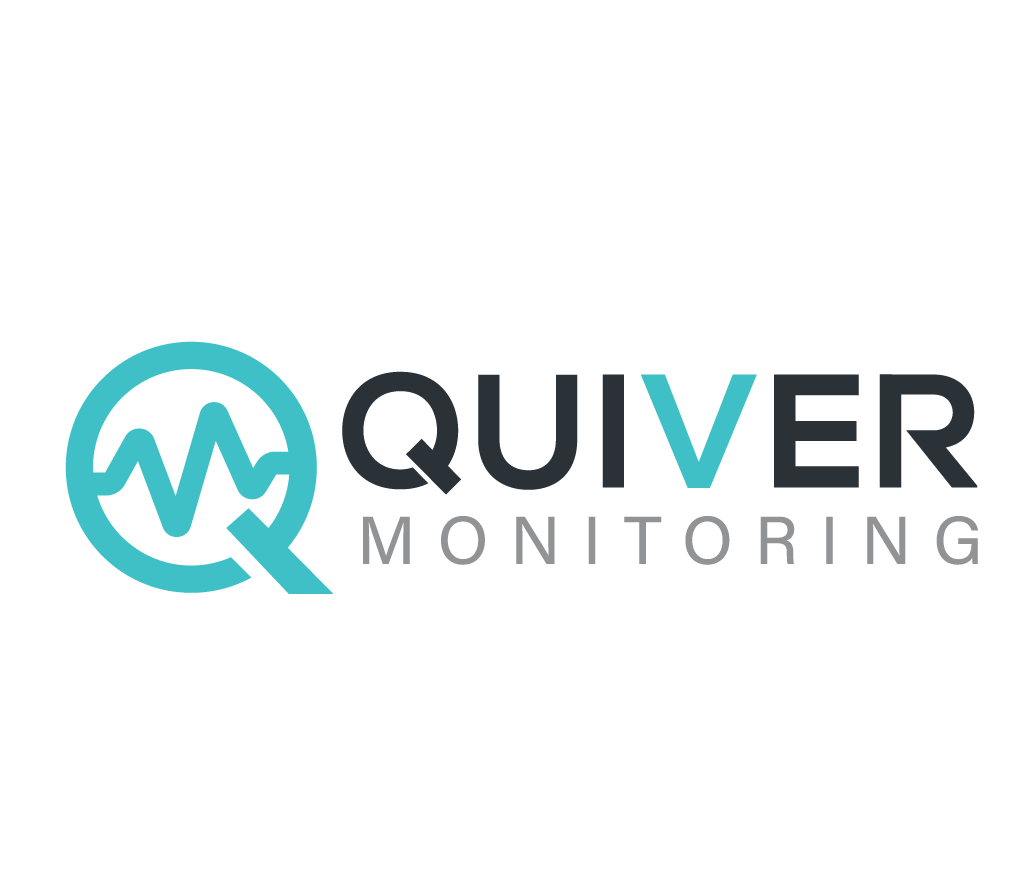
Monitoring Plan
The New York City Building Code 3309.16 Safeguards During Construction Or Demolition - Nyc.gov states the following: “Where monitoring is required by Section 3309, such monitoring shall be in accordance with a monitoring plan developed by a registered design professional and acceptable to the commissioner”.
Quiver League will provide a drafted Monitoring Plan by a Professional Engineer (PE) as required under the New York City Building Code. The Monitoring Plan will outline the strategic placement Vibration, Optical, and Crack monitoring devices within the project site and adjacent properties. It will also include the recommended thresholds and frequency of site visit inspections/readings by the Quiver League Field Team, all based on the construction site plans.
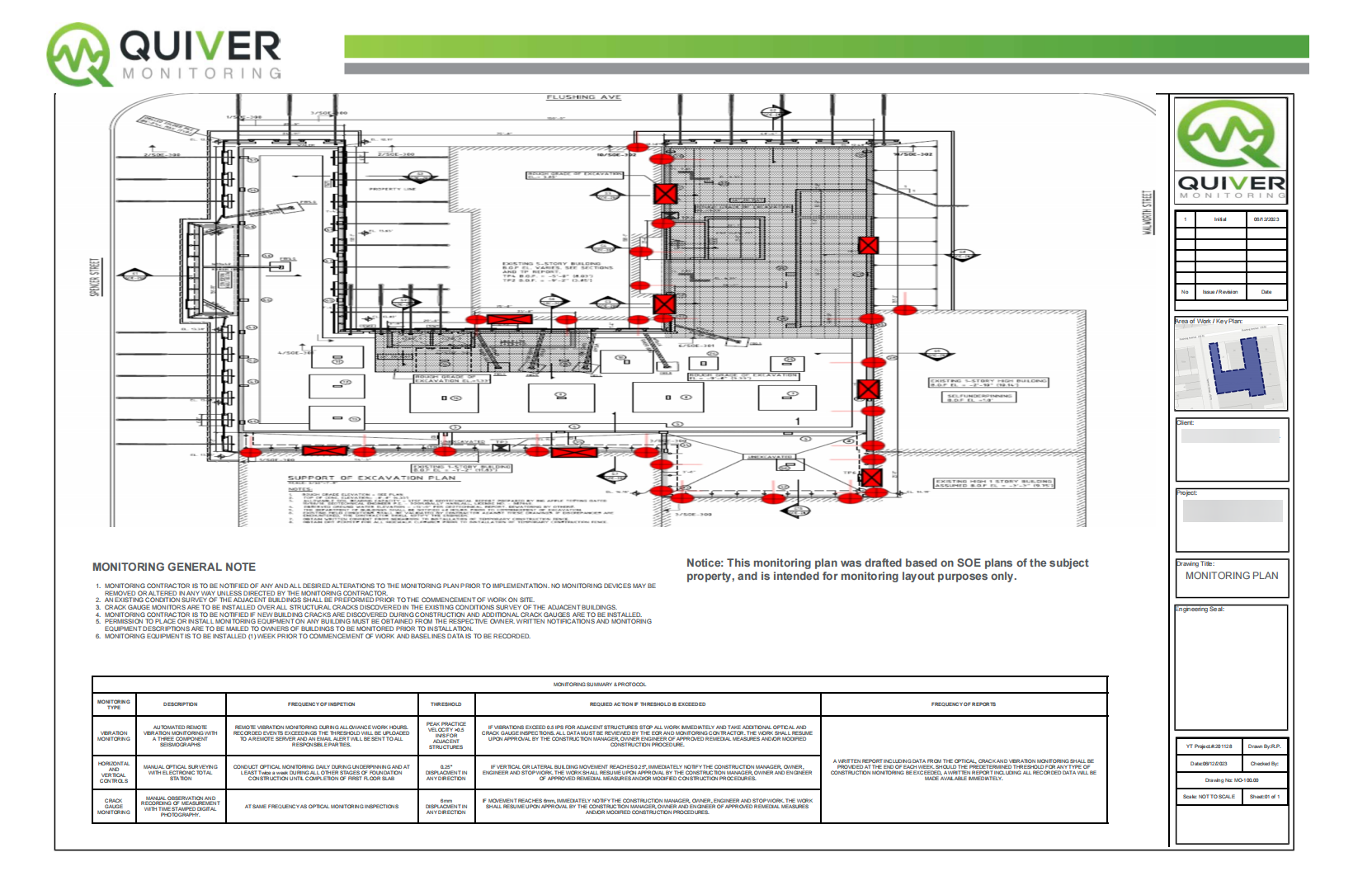

Vibration Monitoring
We install advanced Vibration Monitoring devices on locations outlined in the Monitoring Plan, to actively track and instantly alert in real time the project engineer and general contractor during the demolition, SOE & Foundation work, on Vibration activities at adjacent structures. The project engineer will use this information to determine if changes in the work methods are required as a result of high vibration levels indicating a potential risk to the integrity of the structure being monitored.
Vibration Monitoring is required during the course of Demolition, Support of Excavation, underpinning & Foundation work as described in the Underpinning Filing Requirements - Nyc.gov and in the The New York City Building Code 3309.16 Safeguards During Construction Or Demolition - Nyc.gov
Crack Monitoring
Utilizing Crack Monitoring manual and remote devices, to actively track, monitor, and report any expansions of cracks in the structures adjacent to the construction site help safeguard their structural integrity. Through strategic placement of Crack Monitoring devices, we ensure early identification of potential issues, facilitating prompt intervention and maintenance for sustained structural health.
Crack Monitoring is required during the course of Demolition, Support of Excavation, underpinning & Foundation work as described in the Underpinning Filing Requirements - Nyc.gov and in the The New York City Building Code 3309.16 Safeguards During Construction Or Demolition - Nyc.gov
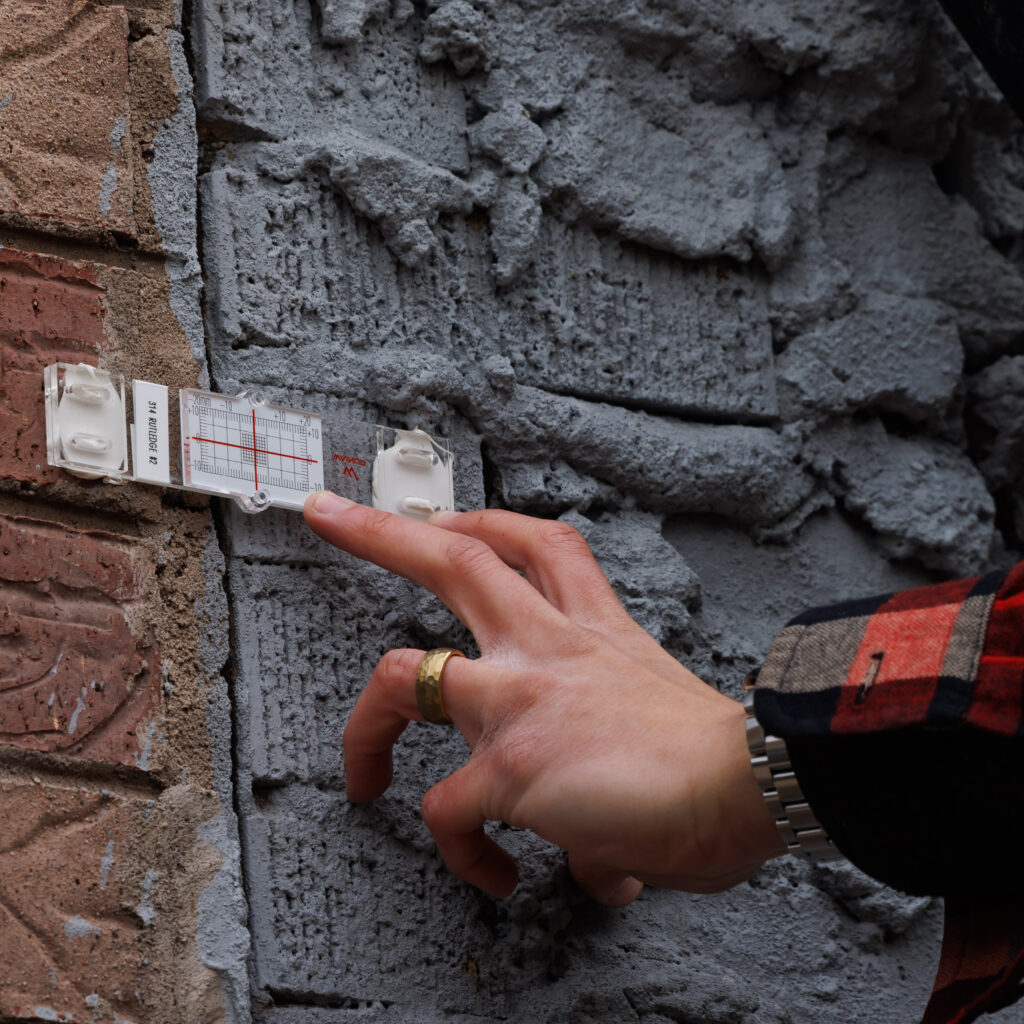
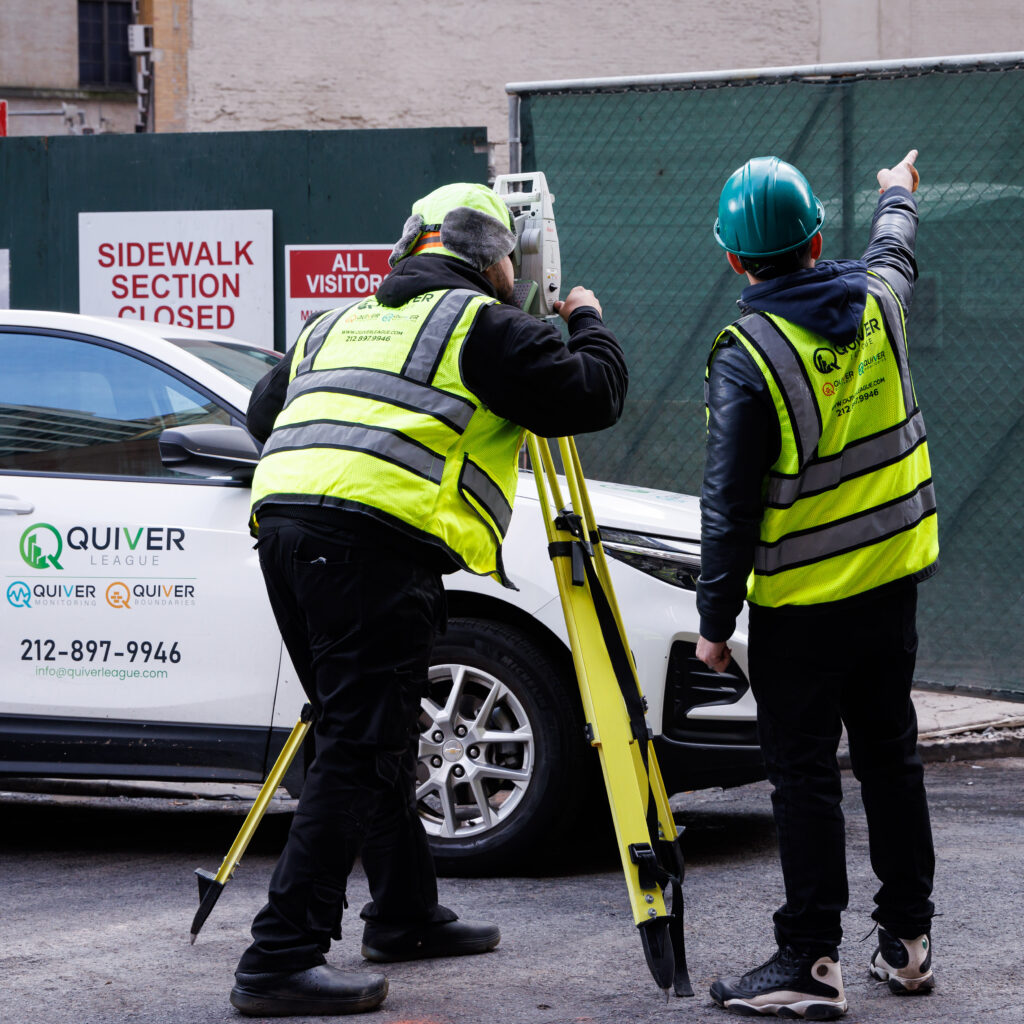
Optical Monitoring
The Optical Monitoring process involves Quiver's field team installing Optical Survey Targets on adjacent structures, followed by staking out the optical targets using advanced Total Stations. These optical readings establish the baseline for monitoring enabling the tracking and comparison of future readings to identify any movement or settlement from the original baseline. Optical readings can be performed manually using a Total Station operated by Quivers personnel or by installing an automatic Total Station on-site for the duration of the construction work.
Optical Monitoring is required during the course of Demolition, Support of Excavation, underpinning & Foundation work as described in the Underpinning Filing Requirements - Nyc.gov and in the The New York City Building Code 3309.16 Safeguards During Construction Or Demolition - Nyc.gov
Pre/Post Construction Survey Reports
The New York City Building Code 3309.4.3 Safeguards During Construction Or Demolition - Nyc.gov states the following: No excavation work to a depth of 5 feet to 10 feet (1524 mm to 3048 mm) within 10 feet (3048 mm) of an adjacent building, or an excavation over 10 feet (3048 mm) anywhere on the site shall commence until the person causing an excavation to be made has documented the existing conditions of all adjacent buildings in a preconstruction survey’’…
Pre-Construction Survey
The Pre-Construction Survey Report is a documentation report designed to capture and record the existing conditions of neighboring properties before construction commences. By employing this proactive approach, we aim to mitigate potential future litigation arising from claims of damage to neighboring properties during construction. The comprehensive survey report provides a detailed account of the pre-existing conditions and photos, acting as a valuable reference point to objectively assess any changes that may occur due to construction activity, thereby safeguarding both your project and relationships within the neighbors.
Post-Construction surveys
Post-Construction surveys are conducted upon project completion. These surveys meticulously document post-construction conditions of the adjacent structures, serving as a measure to preemptively address potential claims and litigation in the future. By providing a detailed record of the final state of the project, we offer our clients a proactive means to protect against unwarranted disputes and ensure transparency in the construction process.
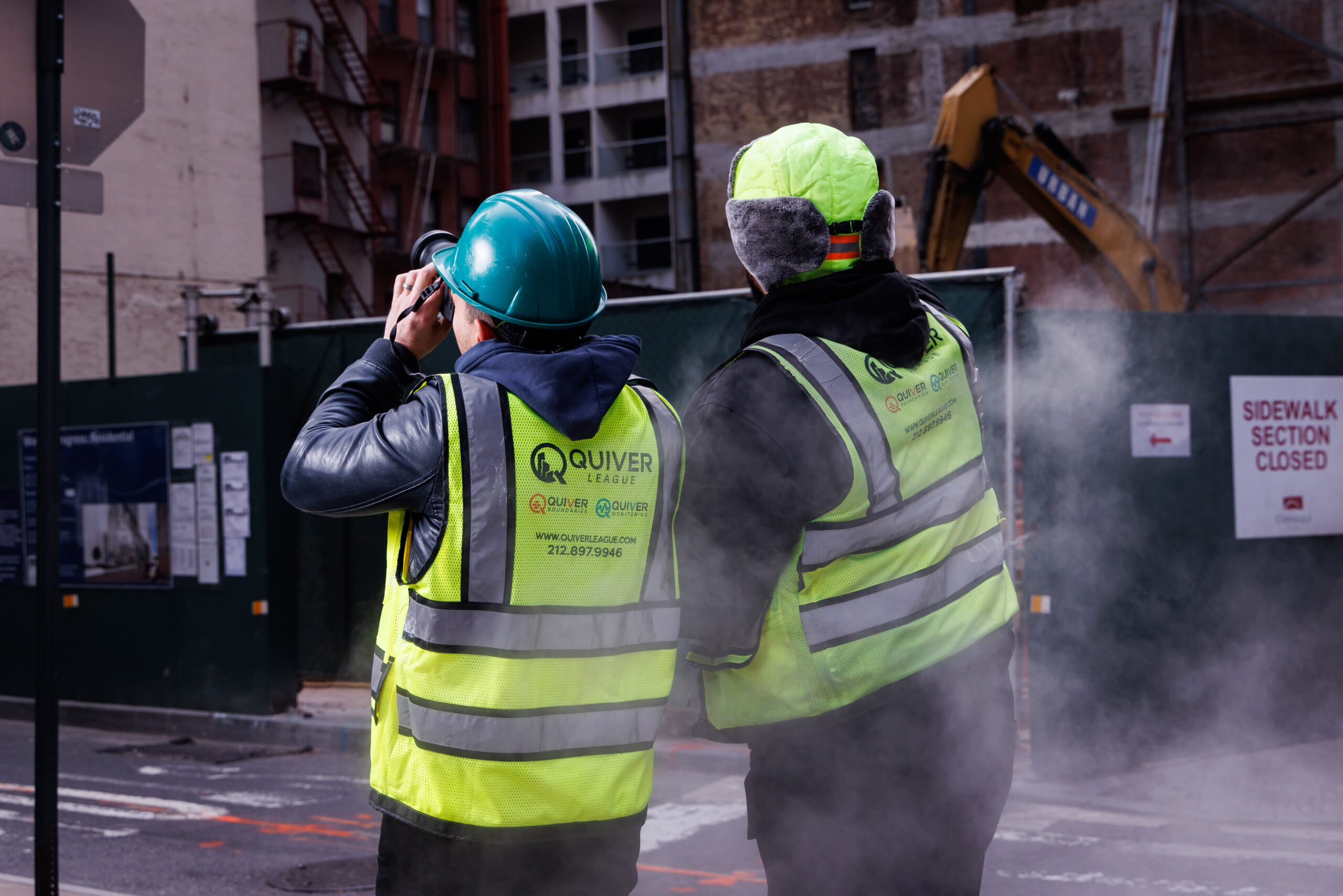
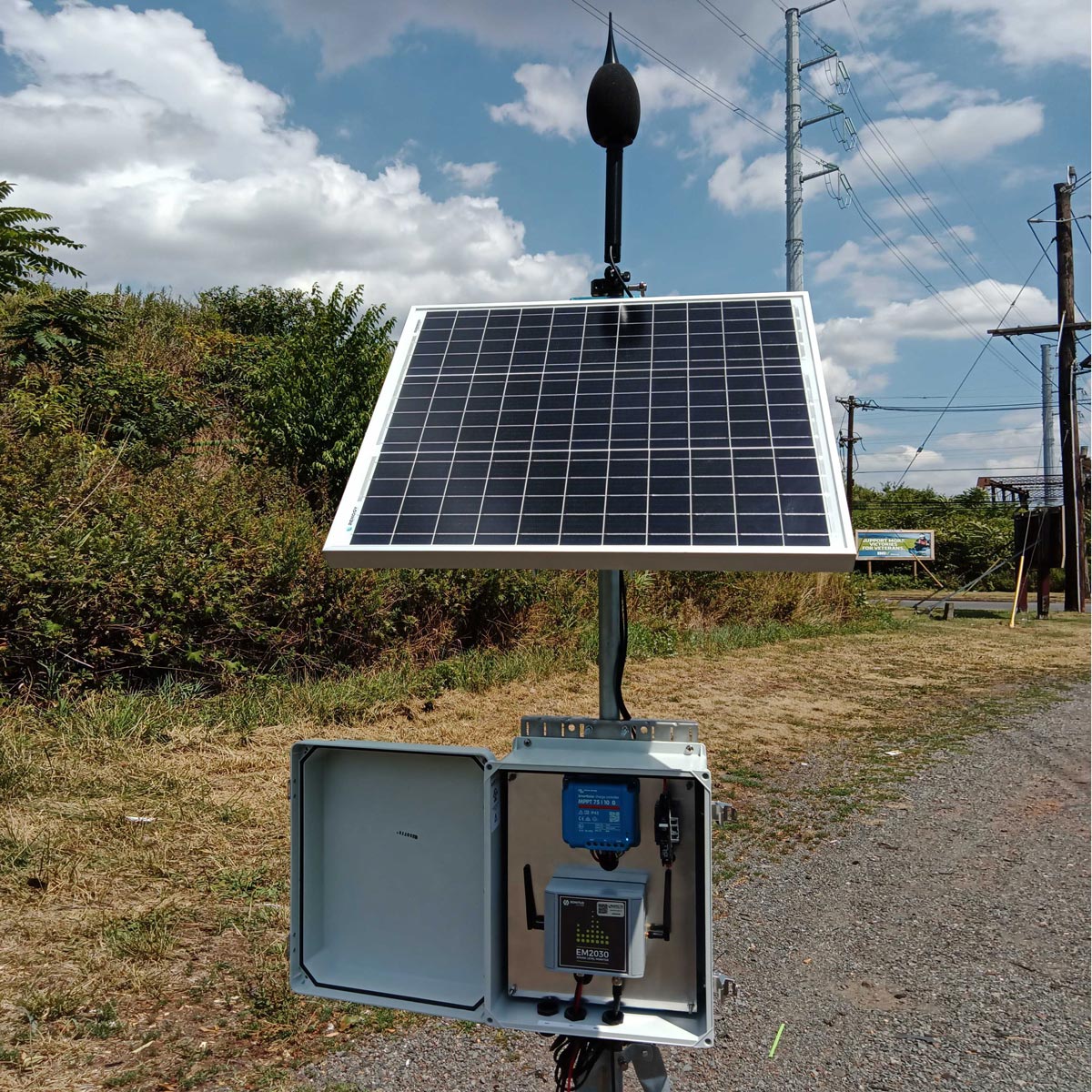
Sound & Noise Monitoring
The New York City Noise Control Code A Guide To New York City’s Noise Code - Nyc.gov… states the following: ‘’The New York City Noise Control Code Was created to reduce the making, creation or maintenance of excessive and unreasonable and prohibited noises within the city affects and is a menace to public health, comfort, convenience, safety, welfare and the prosperity of the people of the city’’…
Noise Monitoring services, encompasses both Manual and Remote options, featuring advanced sound level meters coupled with real-time analysis, allowing us to meticulously assess the noise levels throughout the construction process to ensure the noise levels adhere to specified requirements and do not surpass defined thresholds. The real-time noise level analysis creates an outcome of a perfect balance between construction activities impacting the surrounding environment.
MTA & Heavy Structure Monitoring
Ensuring compliance with MTA standards, our dedicated technicians are stationed on-site throughout construction to monitor the seismographs continuously as per the MTA requirement on construction sites located within the impact zone of MTA structures above and below grade levels. Detailed Monitoring Reports on all activities are promptly provided to MTA inspectors, guaranteeing real-time oversight of vibration levels.
NYCTA mandates track certification for personnel entering their property. Our team of Certified Track Safety Technicians specializes in Pre-construction Tunnel Inspections and Vibration Monitoring. We manage the entire process, from providing equipment to installation, ensuring seamless monitoring of subway tunnels and elevated tracks.
We Monitor structures for a diverse range of agencies, including NYCTA, NYDOT, NJDOT, PennDOT, DelDOT, SHPO, MTA, LIRR, SEPTA, NJ Transit, PATCO, MetroNorth, PANYNJ, and Amtrak. The Construction Monitoring Plans are crafted to be project-specific, addressing the unique requirements of each agency. This tailored strategy ensures a safe and efficient completion of your project, aligning with the standards set by local and federal authorities.
The MTA NYCT Specifications and Standards Cover the Safe Work Plan requirements and MTA-specific requirements.

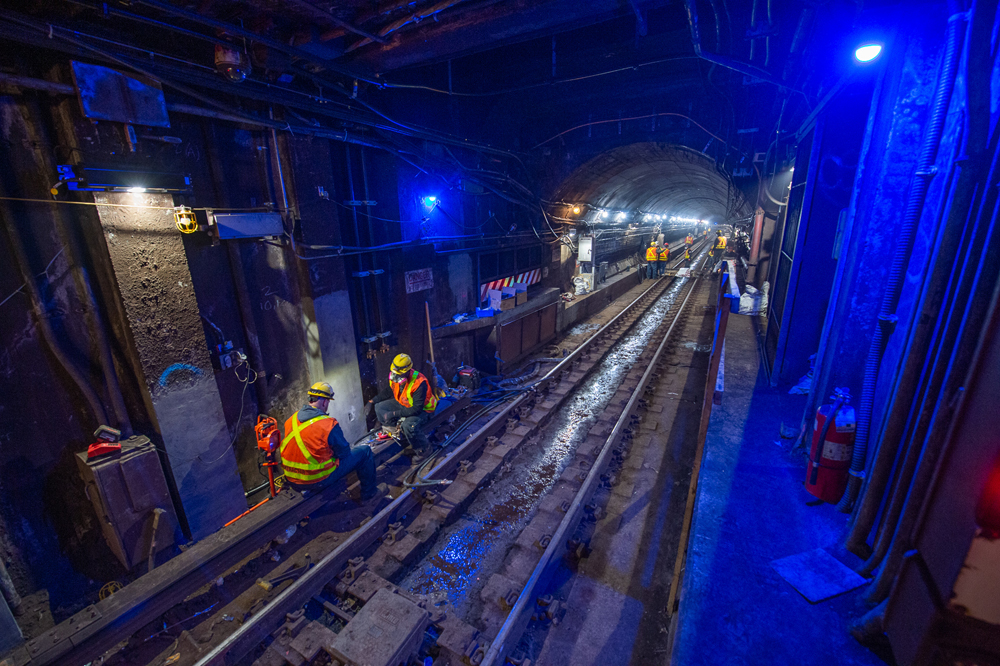
MTA Safe Work Plan
On job sites located in the MTA impact zone, Quiver will arrange the drafting of the MTA Safe Work Plan which outlines the scope of work, personnel responsible for monitoring the MTA structures, tools used, required OSHA licenses for entering MTA structures, and safety precautions to be implemented by the filed team during work to safeguarding the workers and MTA structures that will be monitored and accessed during the duration of monitoring.
The MTA NYCT Specifications and Standards Cover the Safe Work Plan requirements and MTA-specific requirements.
Monitoring Reports
In addition to our remote vibration monitoring system, which issues instant alerts for elevated vibration levels, we provide a comprehensive weekly report summarizing activities related to Vibration, Optical, and Crack assessments. This report is reviewed and endorsed by the Professional Engineer (PE). Clients receive the Monitoring Report every week.


